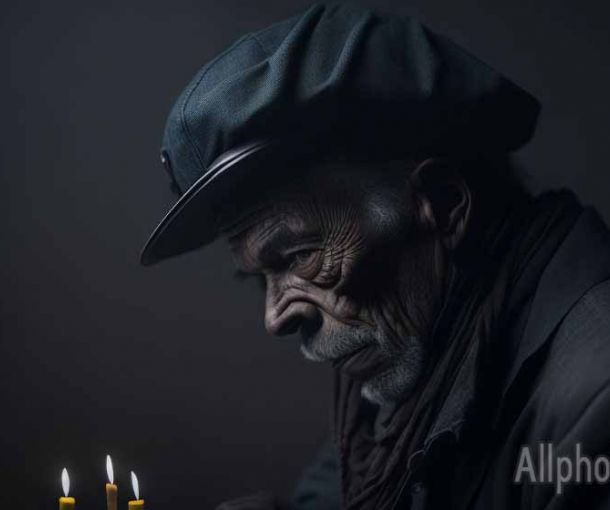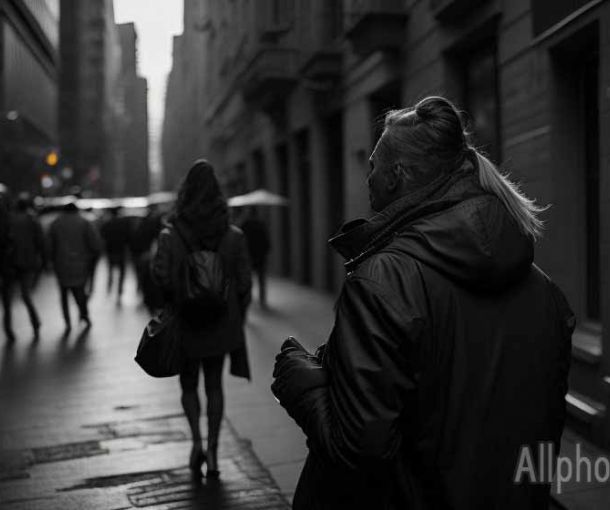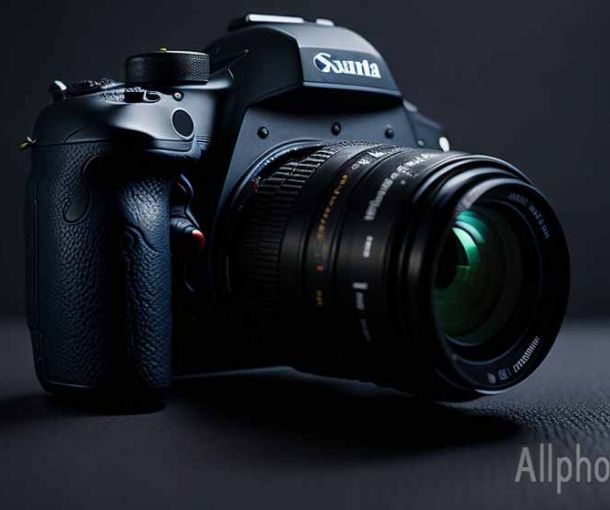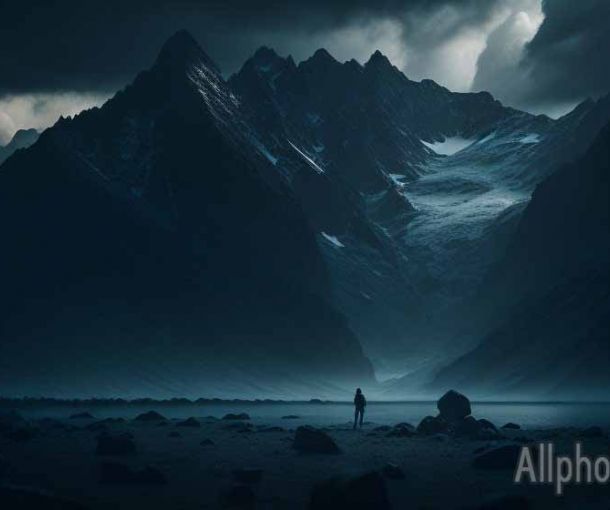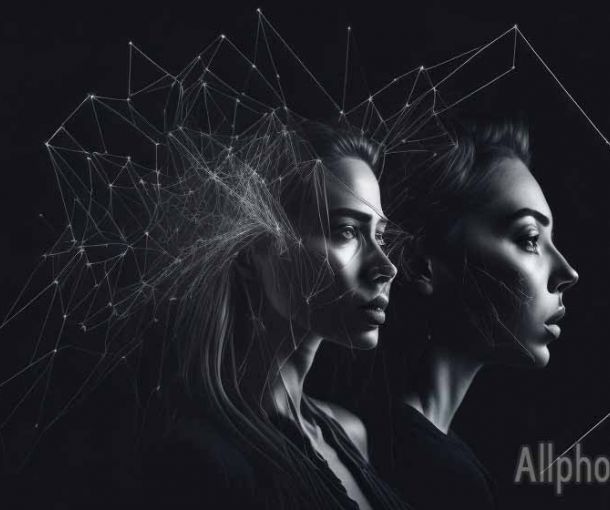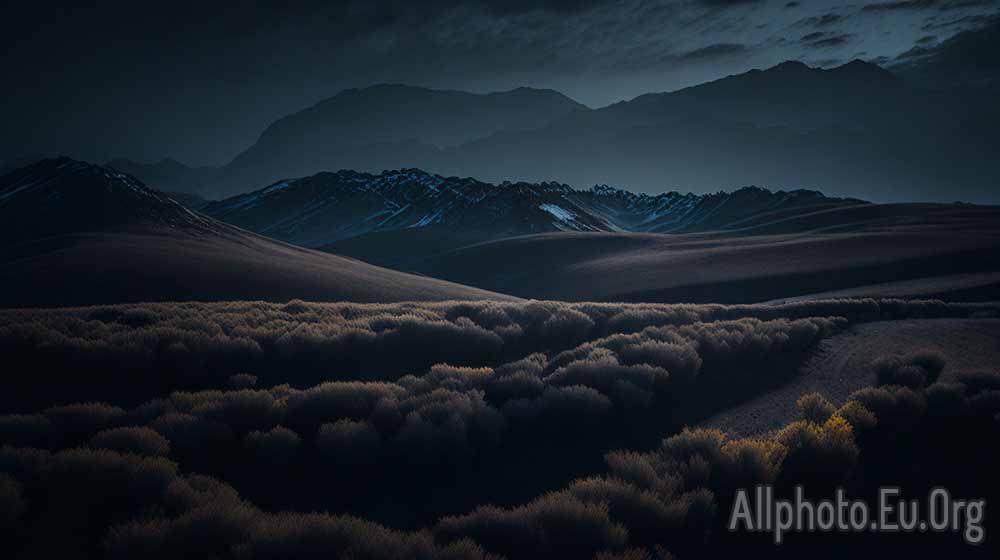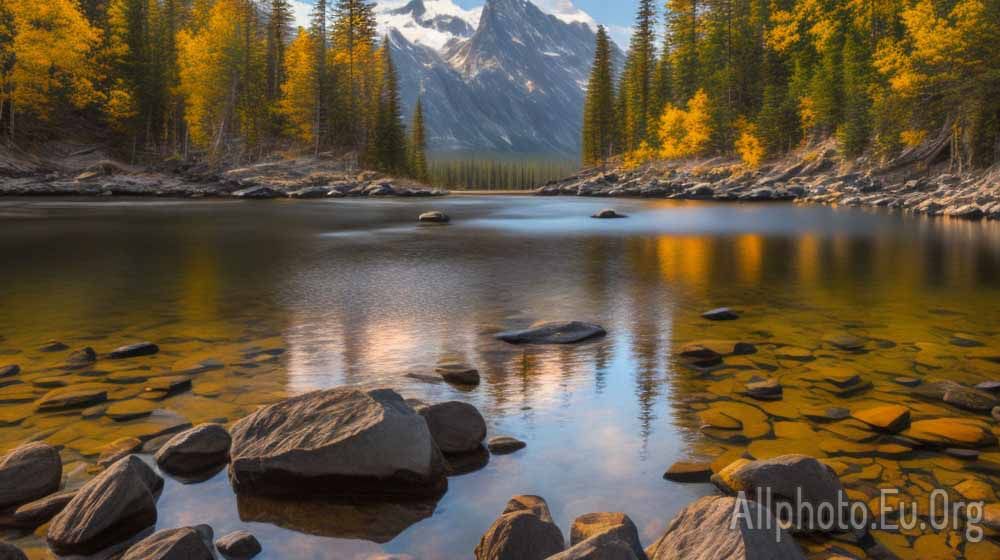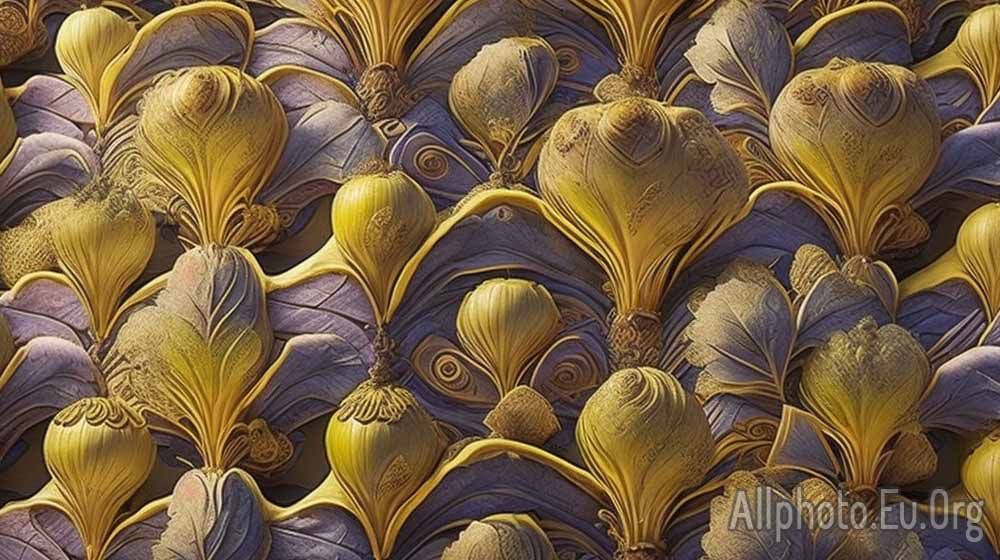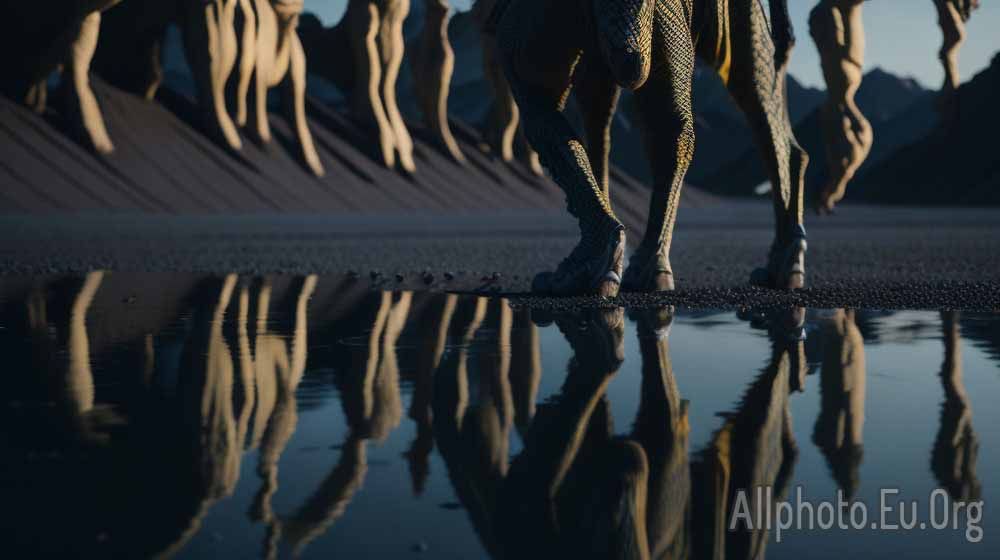The Art of Long Exposure Photography: Creating Dramatic Effects
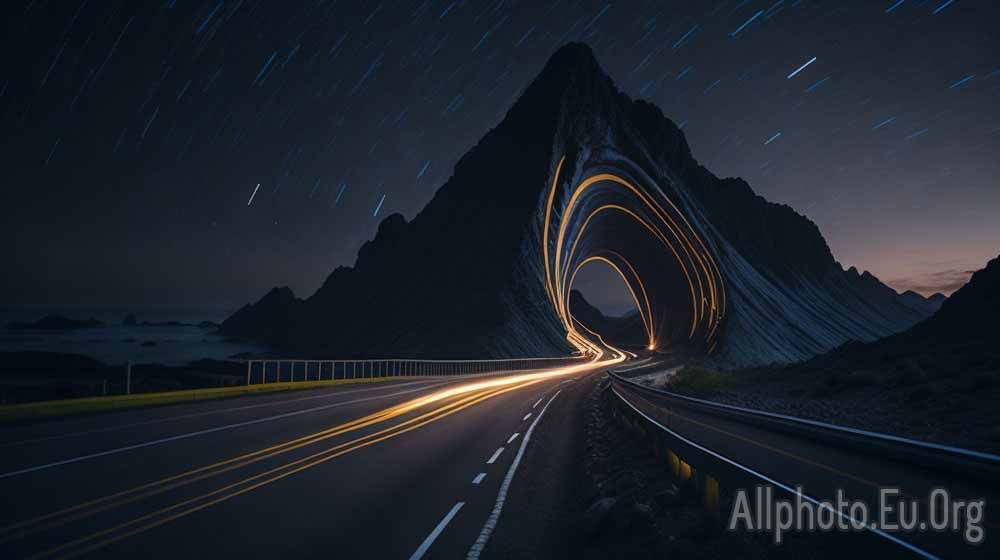
Long exposure photography is a unique form of art that requires a combination of technical skills and creativity. It allows photographers to create dramatic and dreamy effects that cannot be achieved with a traditional camera. In this article, we will explore the art of long exposure photography, its technical aspects, and how you can use it to create stunning images.
What is Long Exposure Photography?
Long exposure photography is a technique that involves exposing the camera's sensor to light for an extended period of time, typically more than one second. This creates an effect where moving objects appear blurred while stationary objects remain sharp. This technique can be used to create a range of different effects, such as light trails, blurred waterfalls, and ghostly images.
Long exposure photography is often used in landscape photography to capture the movement of clouds, water, and other natural elements. It can also be used in urban photography to create unique images of light trails, traffic, and other elements of city life.
Technical Aspects of Long Exposure Photography
Long exposure photography requires careful attention to technical details to ensure that the resulting images are sharp and properly exposed. Here are some technical aspects to consider when taking long exposure photographs:
-
Shutter Speed
The shutter speed determines how long the camera's sensor is exposed to light. For long exposure photography, the shutter speed is typically set to several seconds or even minutes. The longer the shutter speed, the more blurred the moving elements in the image will appear.
-
Aperture
The aperture controls the amount of light that enters the camera. For long exposure photography, a smaller aperture (larger f-stop number) is typically used to reduce the amount of light entering the camera and prevent overexposure.
-
ISO
The ISO setting determines the camera's sensitivity to light. For long exposure photography, a low ISO is typically used to reduce image noise and maintain image quality.
-
Stability
Long exposure photography requires a stable camera to prevent camera shake and ensure that the resulting images are sharp. A sturdy tripod and remote shutter release are essential tools for long exposure photography.
Tips for Long Exposure Photography
Here are some tips to help you get started with long exposure photography:
-
Use a Tripod
As mentioned earlier, stability is key for long exposure photography. A sturdy tripod will help you keep your camera steady and prevent camera shake.
-
Use a Remote Shutter Release
A remote shutter release allows you to trigger the camera's shutter without touching the camera, which reduces the risk of camera shake.
-
Experiment with Shutter Speeds
Experiment with different shutter speeds to create different effects. For example, a longer shutter speed will create more blur, while a shorter shutter speed will create less blur.
-
Pay Attention to the Light
Lighting plays a crucial role in long exposure photography. Pay attention to the light and adjust your camera settings accordingly. For example, if the scene is too bright, you may need to use a smaller aperture or a lower ISO.
-
Focus Carefully
Manual focus is often used in long exposure photography to ensure that the camera is focused on the right part of the scene. Use a tripod and magnify your image to carefully focus on your subject.
Creating Dramatic Effects with Long Exposure Photography
Now that we've covered the technical aspects of long exposure photography, let's talk about how to use this technique to create dramatic and dreamy effects.
-
Light Trails
One of the most popular uses of long exposure photography is to capture light trails. This technique involves photographing moving light sources, such as cars, airplanes, or boats, during a long exposure. The resulting image shows the path of the light source, creating a unique and dynamic effect.
To capture light trails, find a location with moving light sources and set up your camera on a tripod. Use a shutter speed of several seconds to several minutes and experiment with different settings until you get the desired effect. Keep in mind that the longer the exposure, the longer the light trail will be.
-
Waterfalls and Streams
Long exposure photography is also perfect for capturing the movement of waterfalls and streams. By using a long exposure, you can create a dreamy, soft effect that blurs the movement of the water and gives the image a sense of motion.
To capture the movement of water, use a tripod and a shutter speed of several seconds to several minutes. Experiment with different settings until you get the desired effect. You may also want to use a neutral density filter to reduce the amount of light entering the camera and create a longer exposure.
-
Clouds and Sky
Long exposure photography can also be used to capture the movement of clouds and create a dramatic effect in the sky. By using a long exposure, you can capture the movement of the clouds and create a sense of motion in the image.
To capture the movement of clouds, use a tripod and a shutter speed of several seconds to several minutes. Experiment with different settings until you get the desired effect. You may also want to use a polarizing filter to reduce glare and enhance the colors in the sky.
-
Ghosting
Another unique effect that can be achieved with long exposure photography is ghosting. This effect is created by having a moving subject in the scene while the camera's shutter is open. The resulting image shows a ghostly or transparent image of the subject.
To achieve this effect, find a moving subject, such as a person or animal, and set up your camera on a tripod. Use a shutter speed of several seconds to several minutes and experiment with different settings until you get the desired effect. You may need to use a neutral density filter to create a longer exposure.
In conclusion, long exposure photography is a unique form of art that requires a combination of technical skills and creativity. By using a tripod, remote shutter release, and careful attention to the camera's settings, you can create stunning images with dramatic and dreamy effects. Experiment with different subjects and settings to find your own style and create truly unique images. With practice and patience, you can master the art of long exposure photography and create images that are truly breathtaking.
Tags
Latest Articles
Most Read
All Tags
Subscribe
Donate
Please consider supporting our efforts.
© 2023 All-Photo.Cf All rights reserved.
